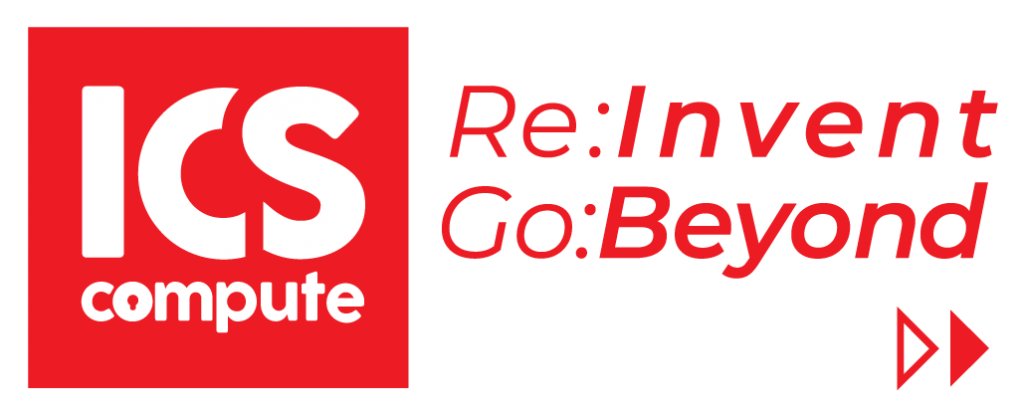
2022
About MNC Portal Indonesia
MPI or PT MNC Portal Indonesia is part of PT Media Nusantara Citra Tbk, or better known as MNC Media Group or simply MNC. The company was founded on June 17, 1997 under the name PT Panca Andika Mandiri. Then, on September 12, 2002 the company name was changed to PT Media Nusantara Citra. Starting 2003-2004, MNC expanded its business in the media sector, such as radio, television, newspapers and digital media. As part of the conglomerates Media group in Indonesia, they become one of the largest media groups in Indonesia.
PT MNC Portal Indonesia Challenge
- As part of the largest media network in Indonesia, MNC continuously expands in increasing their market share. Amid the rush of information and a competitive market, MNCs need to continue to innovate in every media channel they have. The growth of digital media channels that cover specifically for certain regions has shifted their market share. Their users not only want to get the latest information of their region but also at the same time consume national news.
- With this challenge, they are planning to map their customers through their location, through this information they could place a certain information or ads based on the gathered information. They create a new application project to display news based on the user’s location (geolocation). Using the advantages of microservices, where large applications are divided into small services. Another challenge is the need for a stable and reliable platform to be able to easily find the location of the reader’s area.
- They did not have a clear branching strategy and all the branching, tagging and merging was being handled by one person.
- Using AWS Amazon Location Service helps the implementation process go faster. Customers also only pay for what they use, without having to pay a subscription fee. Because it uses services from AWS, it is easier to integrate with other services. The security is more secure with the IAM role, there is no need to store credentials in the application with granular authorization.
ICS Proposed Solution
To fulfill their requirement, we recommend using AWS Amazon Location Service. By utilizing the Geocoding feature, we can easily get the name of the city, until the sub-district level. The MNC team created an aggregator application to make requests to the Amazon Location Service service. To get regional data, the aggregator application will receive a payload in the form of longlat. The region name will be queried to documentDB, which will later return the area code. The area code will be used by the calling service to display news that is appropriate to the reader’s area.
Then, we propose to use ECR as the docker repository, Amazon EKS as the orchestrator. This will help them reduce the daily operations of managing their kubernetes cluster. Using the Amazon EKS service, the team focused on developing the application and deploying it.
We also recommend using the AWS Elasticache service to cache locations. The goal is to shorten the waiting time to get a location, so that the user experience becomes better. Then the accuracy of the longlat sent also varies from one device to another. With these variations, there are applications that send decimal precision of 5 to 8 digits. This makes the number of requests sent to the Location service massive, with the location data returned no different. To overcome this, we recommend rounding decimal data to 3 digits. The 3-digit accuracy on longlat has a precision distance of about 111m, so it is considered still in one area.
We create development and production accounts separately, and are managed within the MNC organization. We also separate the accounts for each environment following AWS best practice, to keep a secure environment on the development account, this will also help the development team to quickly generate resources making it agile.
Results And Benefits
- Using AWS Geolocation as a location-based service is a right choice. AWS geolocation is a fully managed AWS service, so there is no need for maintenance, and users can focus on their business flows. With 2 choices of reliable service providers in their fields, ESRI and HERE, giving customers a choice. The location data presented is also complete and detailed up to the Municipality level.
- By using EKS, you can reduce daily operations to manage clusters. Then one of the advantages of Amazon EKS is the cluster auto-scaling feature. If there is a shortage of resources on a node, auto-scale will automatically create a new node. This ensures that no downtime will happen. Scalability is also one of the great features since auto-scaling could be set based on CPU and memory utilization. High traffic could also be handled in a faster time.
- “Scalability helps us handle the news traffic that comes to our portal, without any hassle,we could handle the traffic up to 5x the usual traffic. Geocoding also helps us identify our customers location, and provides us with the data that will help us and our marketing team in profiling the right pitch for our customers. Through Geocoding, we are not only able to sustain our customers, but also increase the traffic, because it is created specifically for the customers in the region”, said Andi Meza, Head of IT Department of MNC Portal Indonesia.



